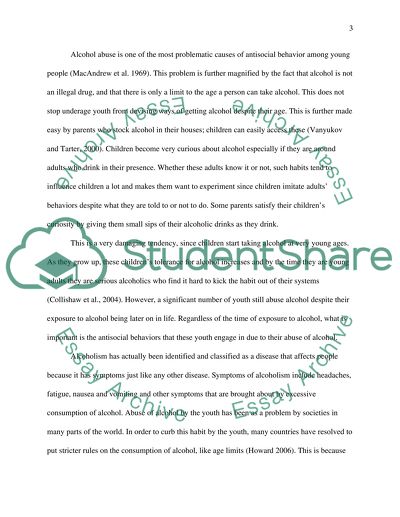Cite this document
(“An Investigation into the Effects of Alcohol Abuse in Youth Leading to Literature review”, n.d.)
Retrieved de https://studentshare.org/psychology/1441124-an-investigation-into-the-effects-of-alcohol-abuse
Retrieved de https://studentshare.org/psychology/1441124-an-investigation-into-the-effects-of-alcohol-abuse
(An Investigation into the Effects of Alcohol Abuse in Youth Leading to Literature Review)
https://studentshare.org/psychology/1441124-an-investigation-into-the-effects-of-alcohol-abuse.
https://studentshare.org/psychology/1441124-an-investigation-into-the-effects-of-alcohol-abuse.
“An Investigation into the Effects of Alcohol Abuse in Youth Leading to Literature Review”, n.d. https://studentshare.org/psychology/1441124-an-investigation-into-the-effects-of-alcohol-abuse.


